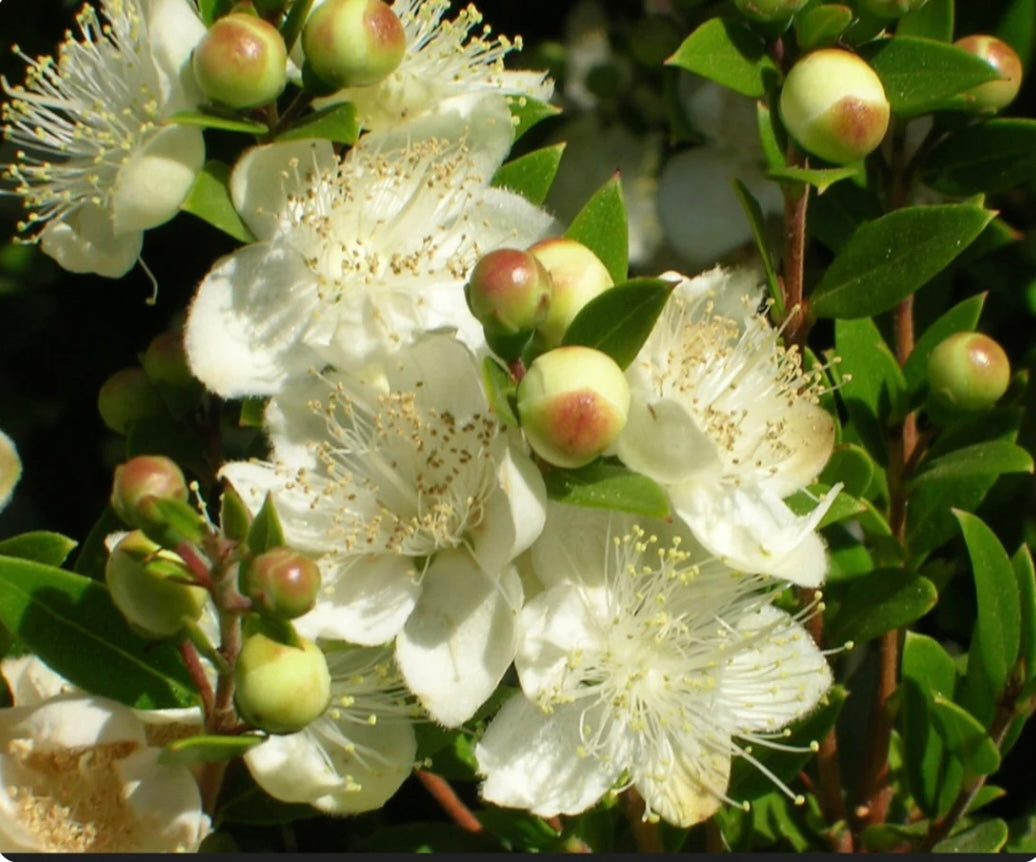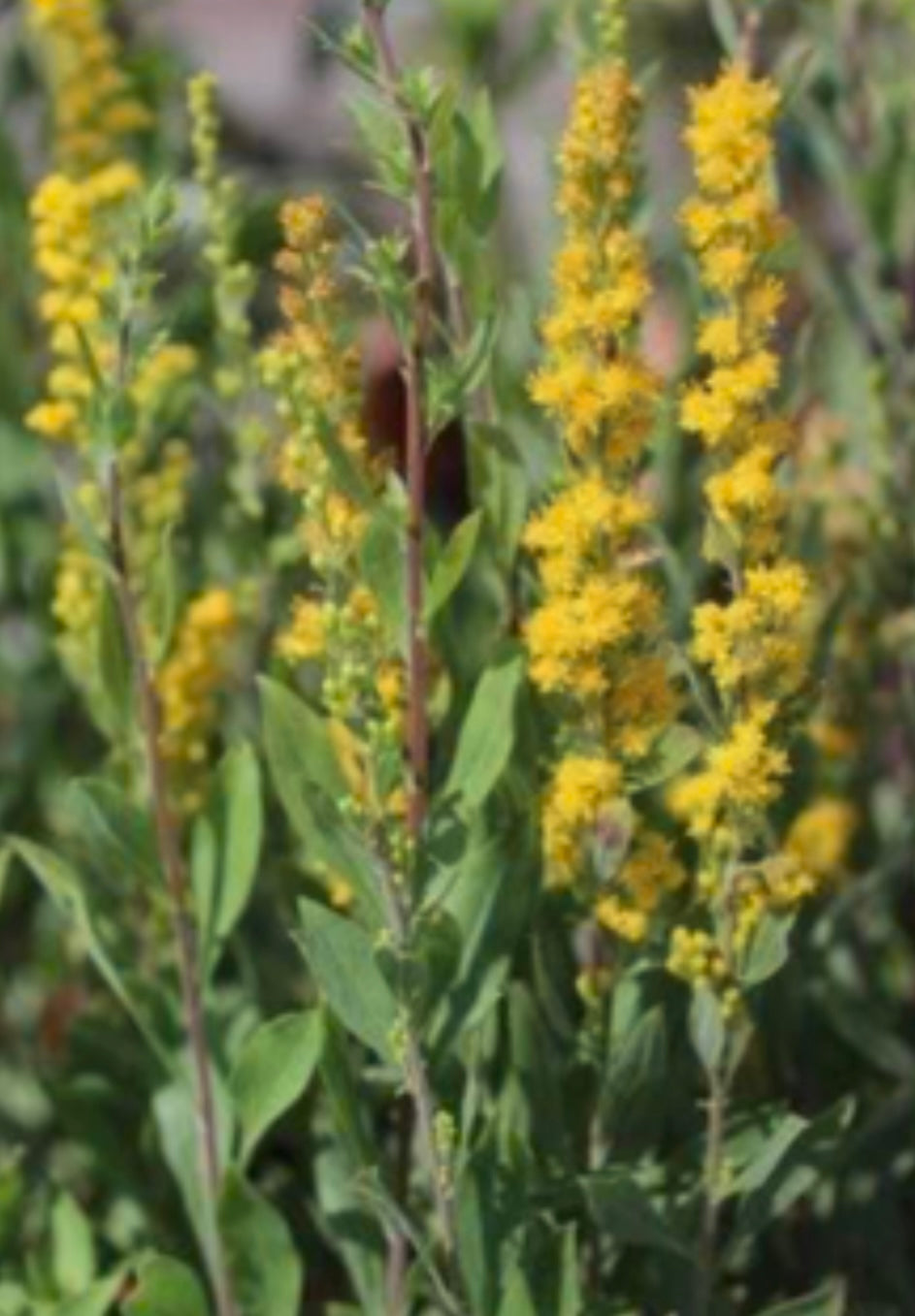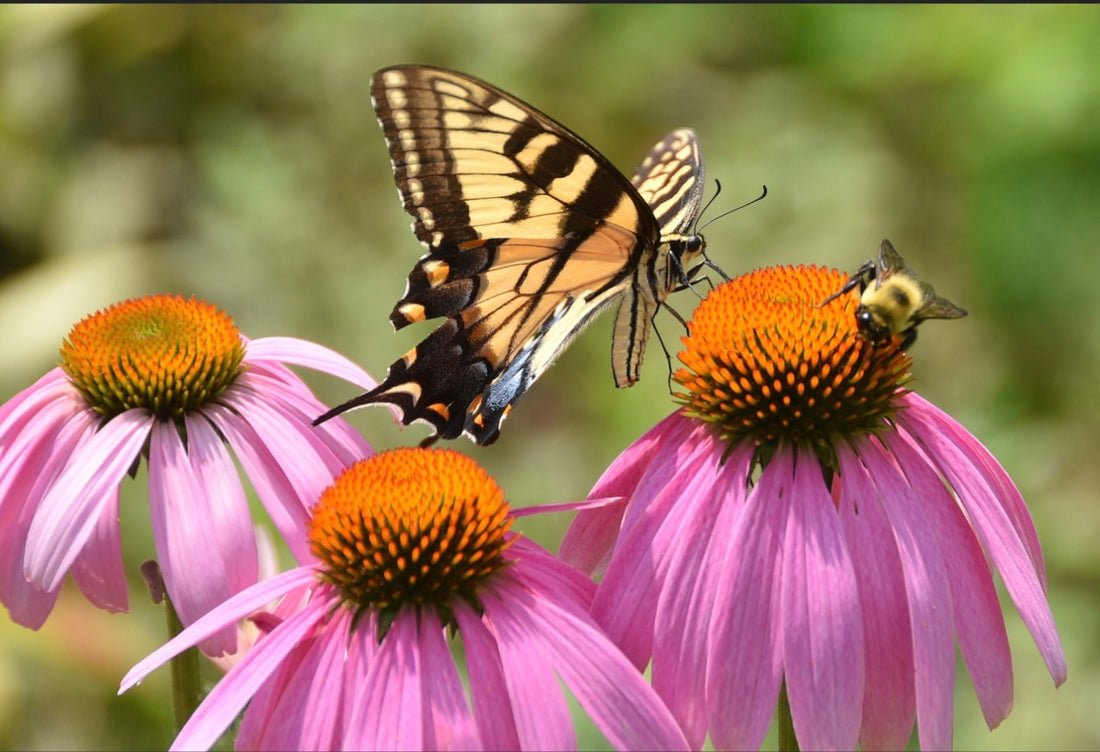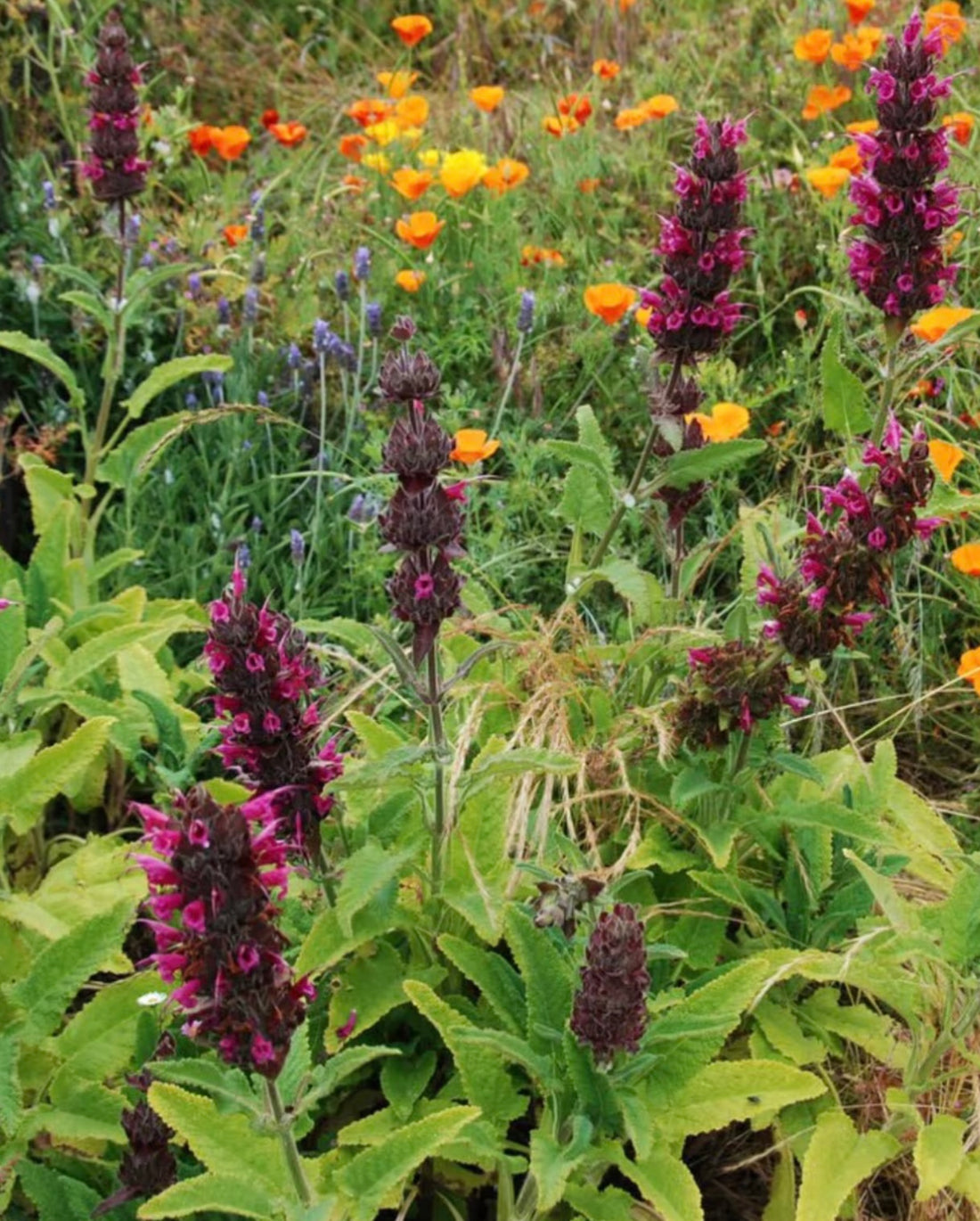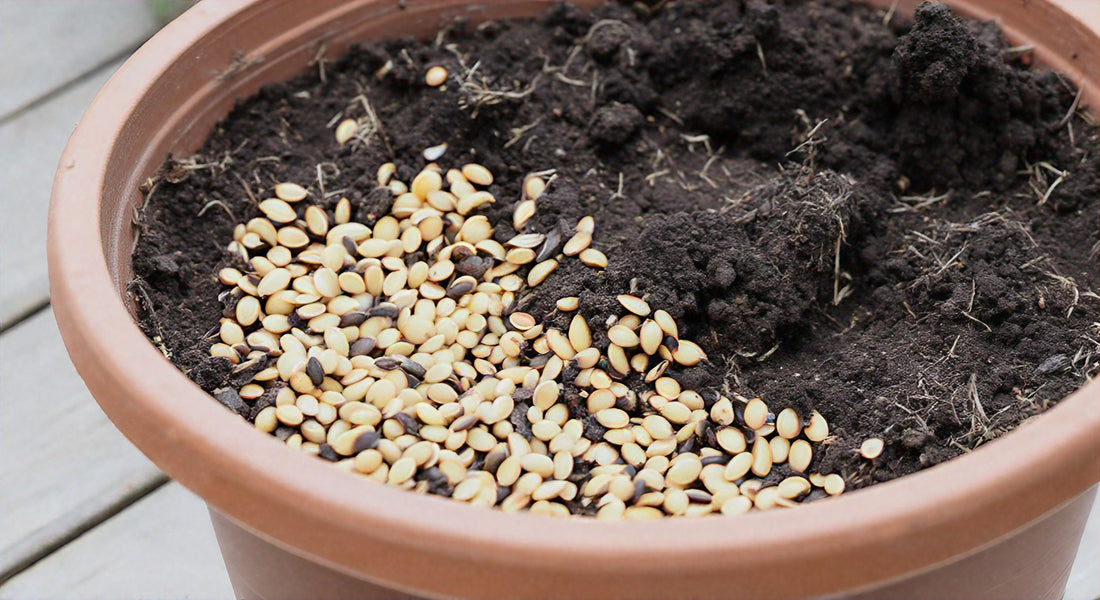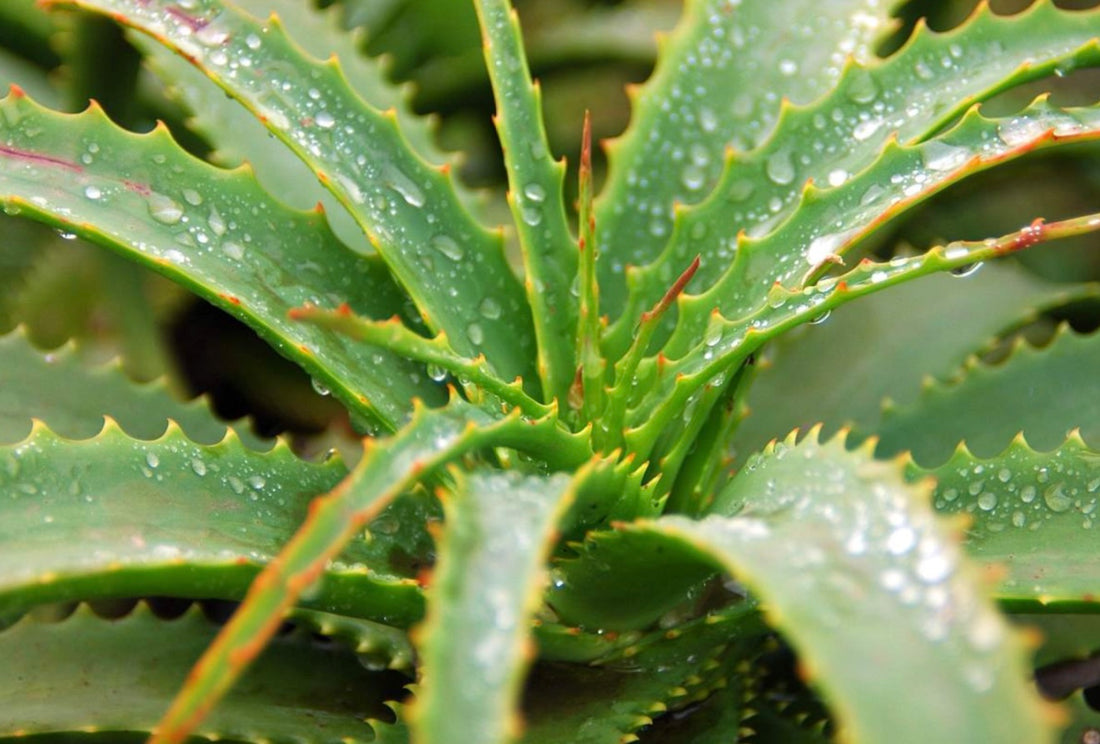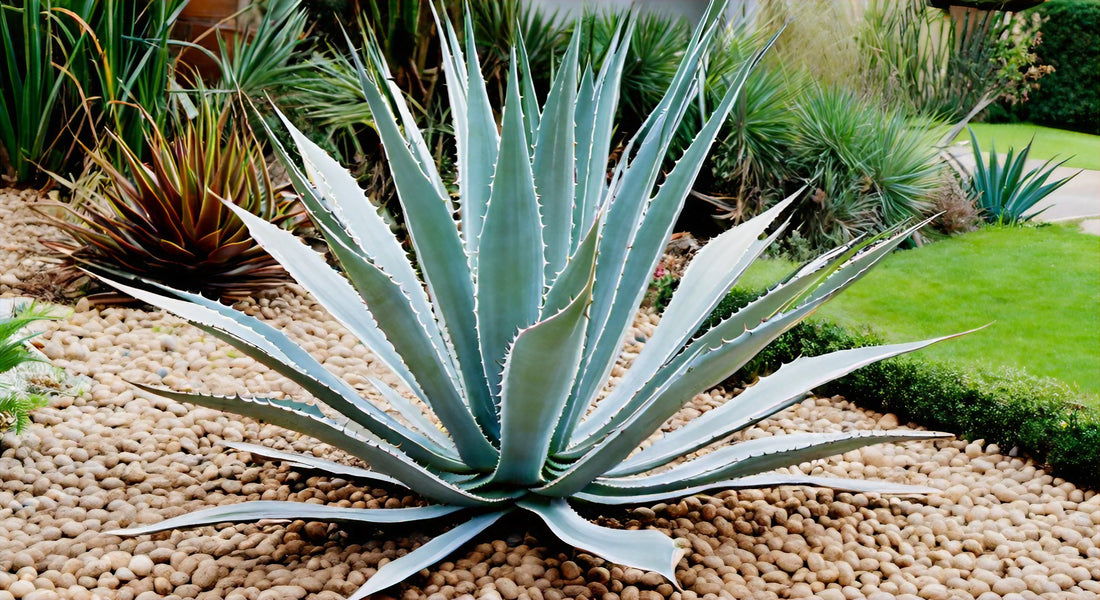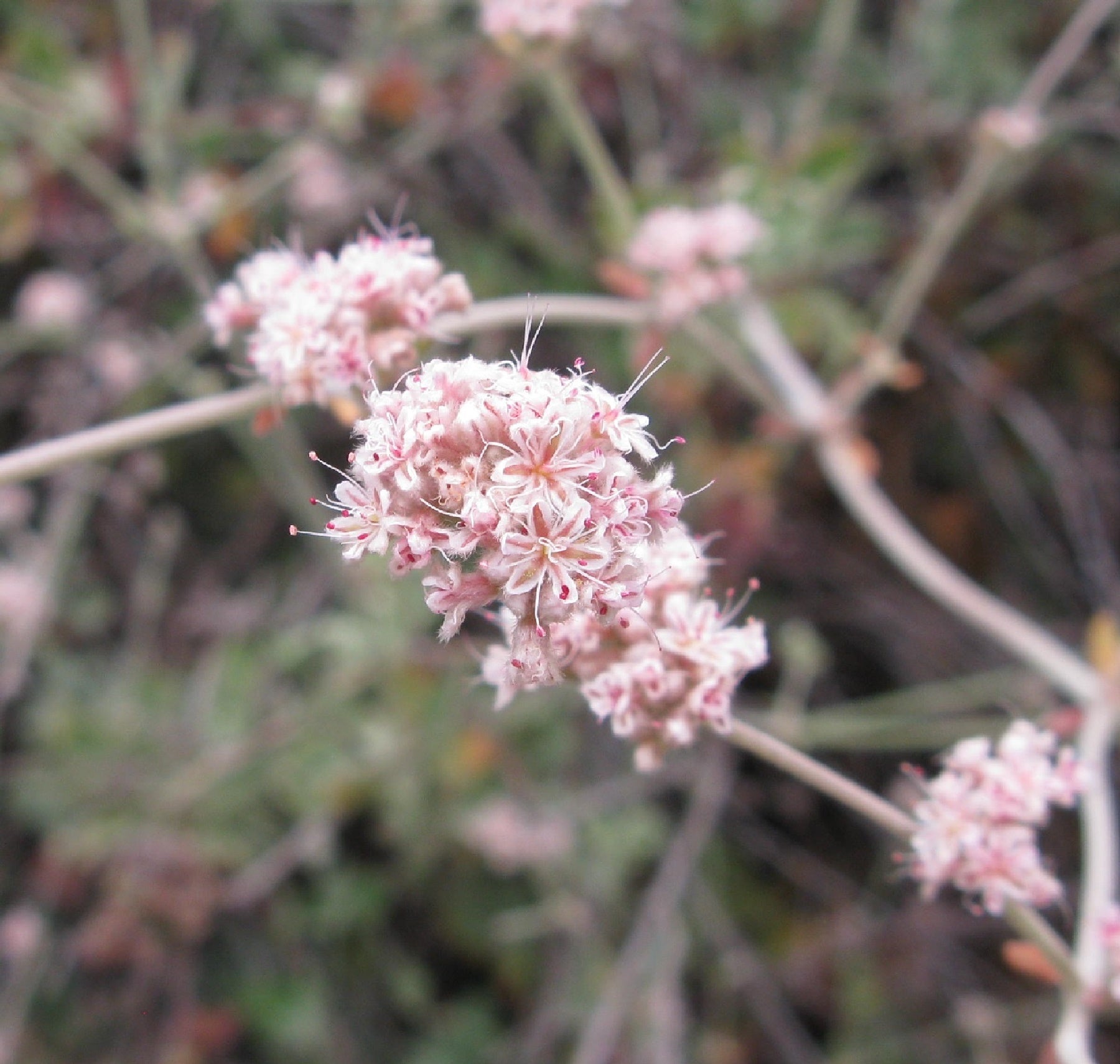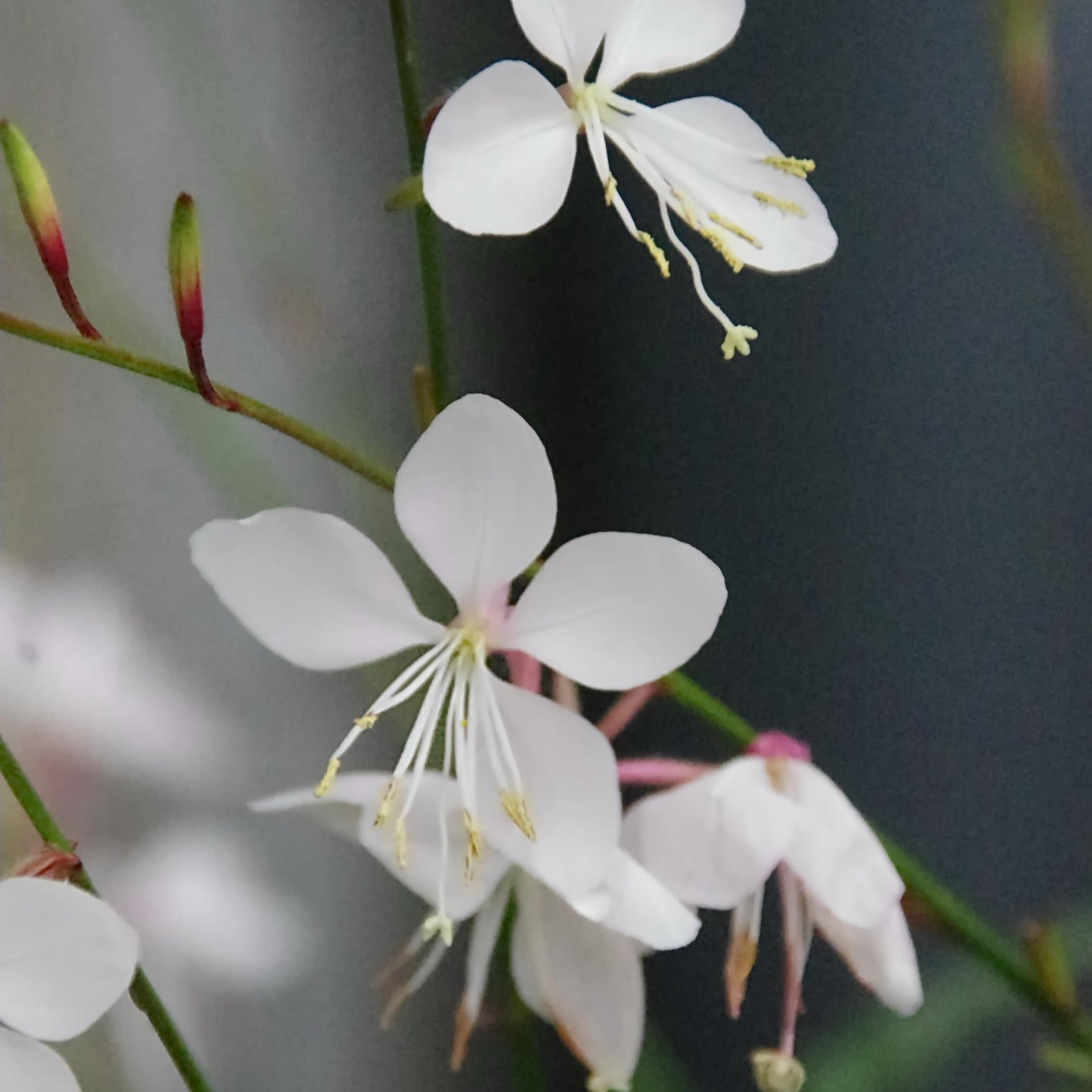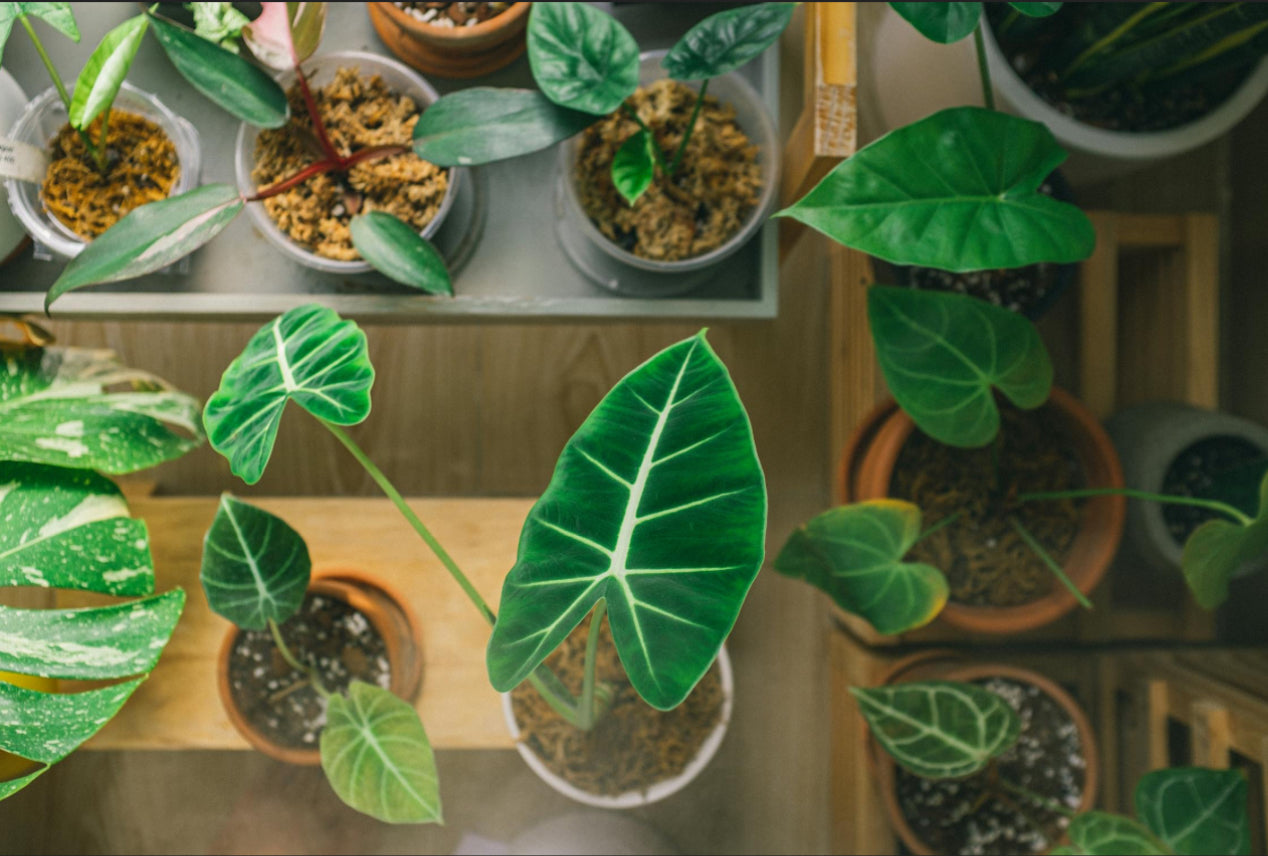Blogs
Exploring the California Goldenrod Solidago velutina ssp. californica Plant
The Beauty of California GoldenrodCalifornia Goldenrod, scientifically known as Solidago velutina ssp. californica, is a stunning plant native to the western United States. This vibrant perennial herb belongs to the sunflower family (Asteraceae) and is renowned for its striking golden-yellow flowers that bloom in late summer and fall.Characteristics and HabitatThe California Goldenrod plant typically grows up to 3 feet tall and features lance-shaped leaves with toothed margins. It thrives in a variety of habitats, including meadows, open woodlands, and along stream banks. The plant's flowers attract pollinators like bees and butterflies, enhancing the local ecosystem.Cultural SignificanceIndigenous communities have long revered the California Goldenrod for its medicinal properties. Some tribes used it to treat ailments such as sore throats and fevers. Additionally, the plant holds symbolic value in certain traditions, signifying resilience and vitality.Gardening and ConservationEnthusiasts can cultivate California Goldenrod in their gardens to attract beneficial insects and add a pop of color. However, it's crucial to source plants ethically to preserve wild populations. Conservation efforts are essential to safeguard this plant's biodiversity and ensure its survival for future generations.
Learn moreCreating a Lush Drought-Tolerant Garden: A Guide to Water-wise Landscaping
Designing a drought-tolerant garden doesn’t mean sacrificing beauty. By selecting the right plants, improving soil structure, and using smart irrigation, your garden can remain colorful, healthy, and sustainable year-round. Drought-wise landscaping also supports local ecosystems and reduces water bills. Native Plants that Thrive in Low-Water Settings Choosing native plants ensures resilience, low maintenance, and ecological support. Which plants are best for water-wise gardens? Native perennials like Echinacea, Black-eyed Susan, Coreopsis, Penstemon, and Butterfly Weed thrive with minimal irrigation, attract pollinators, and provide vibrant seasonal color. These species adapt to local soil and climate, making them ideal for both ornamental and habitat-focused gardens. How do I choose native plants for a drought-resistant garden? Select species suited to your USDA hardiness zone and soil type. Consulting local native plant societies helps identify varieties that establish quickly and require minimal supplemental watering. Soil Improvement for Water Retention Well-prepared soil retains moisture and nourishes plants, reducing watering needs. What landscaping materials help conserve water? Incorporate organic compost, aged mulch, and biochar to improve soil texture, increase water-holding capacity, and enrich nutrients. Mulching also suppresses weeds and stabilizes soil temperature. How do I design a garden that uses minimal water? Amend soil with compost, create raised beds or gentle slopes for better drainage, and cover bare soil with mulch or ground covers to reduce evaporation. Well-structured soil allows deeper root growth, improving drought resilience. Efficient Irrigation Methods: Drip, Soaker Hoses & Rainwater Harvesting Smart watering delivers moisture where plants need it most while preventing waste. What are the best irrigation methods for dry climates? Drip irrigation and soaker hoses target roots, reducing water loss from evaporation. Rainwater harvesting and rain barrels supplement municipal water while lowering costs and environmental impact. How much water do drought-tolerant plants actually need? Once established, most low-water plants thrive with deep, infrequent watering. Frequent shallow watering encourages weak root systems and can increase susceptibility to disease. Xeriscaping Design Principles for Lush Gardens Xeriscaping combines aesthetics with functionality to create colorful, low-water landscapes. Can drought-tolerant gardens look lush and attractive? Yes; through layering textures, using contrasting foliage, and staggering bloom times, you can achieve visual interest without high water demand. How do I create a drought-tolerant garden? Group plants by water needs, incorporate low-maintenance ground covers, and include pathways or gravel beds to reduce exposed soil. This reduces water waste and enhances overall design. How to Choose Drought-Tolerant Shrubs, Grasses, and Perennials Selecting the right species is crucial for long-term drought resilience. Drought-resistant shrubs and perennials: which should I plant? Lavender, Salvia, Artemisia, Ornamental Grasses, Echinacea, and Sedum are low-maintenance choices that offer texture, seasonal blooms, and ecological benefits. [productList] Best water-wise plants for landscaping? Opt for native or adapted plants that are hardy, pest-resistant, and suited to your soil. Mixing shrubs, perennials, and grasses improves structural interest and conserves water. Seasonal Maintenance in Water-Wise Gardens Proper care ensures a thriving landscape through heat, drought, and winter. How do I maintain a low-water garden year-round? Mulch before summer heat, prune spent blooms, winterize sensitive plants, and check soil moisture periodically. Deep watering during extended dry periods helps plants establish strong roots without encouraging disease. Dealing with Pests, Diseases, and Weeds in Dry Landscapes Even drought-tolerant gardens can face pests, fungal issues, and invasive weeds. Can succulents and cacti be combined with other plants in a landscape? Yes, but monitor for scale, spider mites, and fungal infections. Companion planting, organic treatments, and regular observation reduce risk without excess water. How can I prevent weed competition in a drought garden? Mulching, ground covers, and targeted weeding keep water for desired plants and reduce maintenance. A drought-tolerant garden balances smart plant choices, soil health, and efficient watering. By following these principles, you can create a vibrant, low-maintenance landscape that conserves water, attracts wildlife, and flourishes in dry climates.
Learn moreThe Importance of Pollinator Plants in Your Garden
Why Pollinator Plants MatterIf you want to create a thriving garden ecosystem, incorporating pollinator plants is essential. These plants attract bees, butterflies, hummingbirds, and other pollinators that play a crucial role in the pollination of flowers and the production of fruits and seeds.Benefits of Pollinator Plants Boost pollination: Pollinator plants help ensure the successful pollination of crops and other plants in your garden. Biodiversity: By attracting a variety of pollinators, these plants contribute to the overall biodiversity of your garden. Beauty: Many pollinator plants produce vibrant flowers that enhance the visual appeal of your garden. Popular Pollinator PlantsThere are numerous pollinator plants to choose from, each offering unique benefits. Some popular options include: Lavender Sunflowers Bee balm Milkweed Butterfly bush By including these plants in your garden, you can create a welcoming environment for pollinators while enjoying a beautiful and fruitful landscape.
Learn moreDiscovering the Beauty and Benefits of Hummingbird Sage
Plant hummingbird sage to attract birds and other pollinators to your native garden.
Learn moreThe Complete Guide to Harvesting and Planting Creosote Bush Seeds
About Creosote Bush SeedsCreosote bushes (Larrea tridentata) are fascinating evergreen shrubs that are native to the arid regions of the southwestern United States. Thriving in the challenging conditions of USDA plant hardiness zones 7 to 11, these hardy plants are known for their small, vibrant yellow flowers that bloom in the spring, adding a splash of color to the desert landscape. Following the flowering season, creosote bushes develop fuzzy seedpods that contribute to their unique appearance.One of the most intriguing aspects of creosote bushes is their allelopathic nature, where substances released by their roots inhibit the growth of other plants in close proximity. This adaptation allows creosote bushes to establish dominance in their environment, showcasing their resilience and survival strategies.The Planting Process Seed Collection: The first step in growing creosote bushes is to collect seeds during the late spring through summer when they are ripe. Once collected, air-dry the seeds and store them in a cool, dry place until late winter. Seed Preparation: Before planting, remove the hull from each seed to improve germination rates. To further enhance germination, soak several seeds in boiling water overnight to soften the seed coat. Planting: Select a pot or seedling flat with well-draining potting soil. Sow the seeds at a depth of about half an inch and cover them gently with soil. Placing a board over the pot helps create a dark environment inside, promoting germination. Germination and Care: Regularly check the seeds for sprouting, and once the seedlings emerge, remove the board to allow light exposure. To ensure healthy growth, thin the seedlings to about three per pot, providing adequate space for each plant to develop. By following these planting guidelines, you can successfully cultivate creosote bushes from seeds, allowing you to introduce these unique and resilient plants into your outdoor space. Embracing the beauty and adaptability of creosote bushes can enhance the biodiversity of your landscape and create a sustainable and harmonious environment.
Learn moreThe Top Medicinal Plants You Need to Know About for Natural Healing
IntroductionMedicinal plants have been used for centuries across different cultures for their healing properties. In this comprehensive guide, we will delve into the top medicinal plants that you need to know about for natural healing.Aloe VeraAloe vera is a versatile plant that is popular for its soothing gel. It is commonly used to treat sunburns, minor cuts, and skin irritations. The gel of the aloe vera plant contains compounds that have anti-inflammatory and antimicrobial effects, making it a go-to remedy for various skin issues.LavenderLavender is not only admired for its calming fragrance but also for its medicinal benefits. This aromatic herb is known for its ability to reduce stress, anxiety, and insomnia. Lavender essential oil is often used in aromatherapy to promote relaxation and improve sleep quality. Additionally, lavender can be applied topically to relieve insect bites and minor burns.GarlicGarlic is not just a staple in the kitchen but also a powerful medicinal plant. It contains allicin, a compound with antimicrobial and anti-inflammatory properties. Garlic has been used for centuries to boost the immune system, lower blood pressure, and improve heart health. Consuming garlic regularly may help in preventing colds and flu.GingerGinger is a popular spice with a long history of medicinal use. It is well-known for its ability to aid digestion, reduce nausea, and alleviate motion sickness. Ginger also exhibits anti-inflammatory properties, making it beneficial for managing muscle pain, arthritis, and migraines. Drinking ginger tea or adding fresh ginger to meals can provide these health benefits.TurmericTurmeric is a vibrant yellow spice that contains curcumin, a compound known for its powerful anti-inflammatory and antioxidant properties. Curcumin has been extensively studied for its potential to reduce inflammation, improve cognitive function, and protect against chronic diseases. Turmeric is commonly used in curries, teas, and golden milk lattes as a natural remedy for various health conditions.PeppermintPeppermint is a refreshing herb with a minty flavor and numerous health benefits. Peppermint tea is often consumed to aid digestion, relieve bloating, and soothe stomach discomfort. The menthol in peppermint has a cooling effect that can help alleviate headaches and sinus congestion. Peppermint essential oil is also used topically to relieve muscle tension and promote relaxation.ChamomileChamomile is a gentle herb that is prized for its calming and sedative properties. Chamomile tea is a popular bedtime beverage known for its ability to promote relaxation and improve sleep quality. This herb is also used topically to soothe skin irritations, such as eczema and rashes. Chamomile essential oil can be added to baths for a calming aromatherapy experience.ConclusionThese are just a few of the top medicinal plants that can aid in natural healing. Incorporating these plants into your daily routine can support your overall health and well-being. Remember to consult with a healthcare professional or herbalist before using any medicinal plants for therapeutic purposes to ensure safety and effectiveness.
Learn moreDelicious and Nutritious: A Comprehensive Guide to Edible Plants
Unlock the Health Benefits of Edible PlantsEdible plants offer a delicious and nutritious way to enrich your diet. From vibrant leafy greens to exotic fruits, incorporating edible plants into your meals can have a significant impact on your overall well-being. These plants are not only flavorful but also packed with essential vitamins, minerals, and antioxidants that promote good health.Exploring a Variety of Edible PlantsDelve into the world of edible plants with our comprehensive guide that covers a wide array of options. Whether you're a seasoned gardener or a curious food enthusiast, there's something for everyone in the realm of edible plants. From commonly consumed plants like tomatoes and cucumbers to lesser-known gems like purslane and kohlrabi, the diversity of edible plants is truly remarkable.The Versatility of Edible PlantsDiscover the versatility of edible plants and how they can be used in various culinary creations. From salads to smoothies, soups to stir-fries, edible plants can elevate the flavor and nutritional value of your dishes. Experimenting with different edible plants can introduce you to new tastes and textures, making your meals more exciting and enjoyable.Top Nutritious Edible Plants to Include in Your Diet Kale - Packed with antioxidants and vitamins, kale is a nutritional powerhouse that can be enjoyed in salads, smoothies, and soups. Blueberries - Bursting with flavor and rich in antioxidants, blueberries are a delicious addition to your breakfast or desserts. Spinach - Loaded with iron and essential nutrients, spinach is a versatile leafy green that can be incorporated into pasta dishes, omelets, and more. Quinoa - A complete protein source, quinoa is a gluten-free grain that is perfect for salads, pilafs, and breakfast bowls. Chia Seeds - Rich in omega-3 fatty acids and fiber, chia seeds can be sprinkled on yogurt, oatmeal, or used to make a refreshing chia pudding. Broccoli - Packed with vitamins C and K, as well as fiber, broccoli is a versatile vegetable that can be roasted, steamed, or stir-fried. By including these top nutritious edible plants in your diet, you can boost your immune system, improve digestion, and enhance your overall health. These plants not only nourish your body but also contribute to a well-rounded and balanced diet.Cultivating Edible Plants at HomeInterested in growing your own edible plants? Our guide also provides tips on cultivating edible plants at home, whether you have a spacious garden, a small balcony, or even just a sunny windowsill. You can start with easy-to-grow herbs like basil and mint, or venture into growing your own tomatoes, peppers, and lettuce. Gardening can be a rewarding experience that connects you to nature and provides you with fresh, organic produce right at your fingertips.Embrace the World of Edible PlantsEmbrace the vibrant world of edible plants and embark on a journey towards a healthier and more flavorful lifestyle. With our comprehensive guide, you'll be well-equipped to explore, taste, and enjoy the wonderful diversity of edible plants available to you. Whether you're looking to improve your cooking skills, enhance your nutrition, or simply savor the joys of gardening, edible plants offer a wealth of opportunities for you to discover and indulge in.
Learn moreThe Beauty and Benefits of Blue Agave Plants
Exploring the Enchanting World of Blue Agave PlantsBlue Agave plants, scientifically known as Agave tequilana, are renowned for their captivating beauty and numerous benefits. Originating from Mexico, these succulents have captured the hearts of gardeners, health enthusiasts, and tequila connoisseurs alike. Let's embark on a journey to uncover the wonders of Blue Agave plants.The Health Benefits of Blue Agave Plants Nutrient-Rich Elixir: Blue Agave plants are a rich source of vitamins, minerals, and antioxidants, offering a natural boost to your health and well-being. Sugar Substitute: Agave nectar, extracted from the plant, serves as a healthier alternative to traditional sugars, thanks to its low glycemic index. Immune-Boosting Properties: The antioxidants present in Blue Agave plants can help strengthen your immune system and combat oxidative stress. Digestive Support: Consuming products derived from Blue Agave may promote gut health and aid in digestion. The Allure of Blue Agave in Your GardenImagine the beauty of a garden adorned with the striking blue-green foliage of Blue Agave plants. These succulents thrive in arid climates and well-drained soil, making them ideal additions to xeriscape gardens or sunny landscapes.Blue Agave plants not only add a touch of exotic elegance to your outdoor space but also require minimal maintenance, making them perfect for busy individuals seeking a touch of greenery.Blue Agave: From Garden Charm to Tequila's HeartOne cannot discuss Blue Agave plants without mentioning their crucial role in the production of tequila, Mexico's iconic spirit. The hearts of the Blue Agave plant, known as piñas, are harvested and distilled to create this beloved beverage enjoyed worldwide.Whether you appreciate the aesthetic appeal of succulents, seek natural remedies for health and wellness, or savor the spirit of tequila, Blue Agave plants offer a myriad of benefits that cater to diverse interests.Embrace the beauty and benefits of Blue Agave plants in your life today, and discover the magic these versatile succulents bring to both your garden and well-being.
Learn moreCrown of Thorns (Euphorbia milii): A Complete Guide to Growing, Styling & Caring for This Striking Shrub
Crown of Thorns (Euphorbia milii) is a resilient succulent shrub with thorny stems and vibrant, long-lasting bracts surrounding small flowers. Its bright red, pink, or yellow bracts add color year-round, making it perfect for pots, patios, or warm outdoor gardens. Beyond its ornamental appeal, this plant is low-maintenance, drought-tolerant, and capable of thriving in diverse climates when properly cared for. Understanding the Botany & Origins of Crown of Thorns Crown of Thorns is not just decorative—it has fascinating adaptations that help it survive in arid environments. What is the native habitat of the Crown of Thorns plant? Crown of Thorns is native to Madagascar, where it evolved to survive arid, sunny conditions. Its thick, thorny stems protect it from herbivores, while the milky latex sap deters pests. What growing conditions did Crown of Thorns evolve to tolerate? It naturally tolerates poor, sandy soils, high temperatures, and prolonged dry spells. Its adaptations make it ideal for drought-prone landscapes or container gardens. How do the thorns and milky sap help Crown of Thorns survive drought? Thorns reduce water loss by limiting herbivory, while the succulent stems store water. The latex sap also discourages insects, minimizing stress in arid conditions. Is Crown of Thorns considered a true succulent? Yes, it is a true succulent capable of storing water in its stems, which supports survival in hot, dry climates. How to Grow Crown of Thorns: Soil, Light & Watering Best Practices Proper soil, light, and watering are essential to keep Crown of Thorns thriving both indoors and outdoors. How do you care for a Crown of Thorns plant? Crown of Thorns thrives in full sun, well-draining soil, and moderate watering. Position outdoors in bright sunlight or near a south-facing window indoors. Avoid waterlogged conditions, which can cause root rot. How do you care for a Crown of Thorns indoors? Indoor plants need bright indirect sunlight or filtered direct light. Use a cactus or succulent soil mix, and water only when the top inch of soil is dry. Rotate the plant periodically to ensure even light exposure. How much sun does a Crown of Thorns need for healthy growth? It requires at least 6–8 hours of direct sunlight daily. Insufficient light results in leggy stems and fewer bracts. Does Crown of Thorns need direct sunlight to bloom? Yes. Maximum flowering occurs with full sun exposure. Partial shade reduces bract production and delays blooming. What is the best soil mix for Crown of Thorns plants? Use sandy, well-draining soil mixed with perlite or coarse sand. Avoid heavy clay soils to prevent water retention and root disease. What is the proper watering schedule for Crown of Thorns? Water when the top 1–2 inches of soil are dry. During summer, this may mean weekly watering, while in winter, water sparingly to maintain drought tolerance. Can a Crown of Thorns grow in partial shade? It can survive in partial shade, but blooming will be limited, and foliage may become sparse. What temperature range can a Crown of Thorns tolerate? Ideal growth occurs between 65–90°F (18–32°C). Frost below 50°F (10°C) can damage the plant, so protect or move indoors in colder climates. Propagation Techniques: Cuttings, Layering, and Seed for Crown of Thorns Multiplying your Crown of Thorns can be done easily with cuttings, layering, or seeds. How do you propagate Crown of Thorns successfully? Propagation is usually done via stem cuttings. Allow cuttings to dry for 24 hours to reduce sap irritation, then plant in sandy, well-draining soil. How do you propagate Crown of Thorns cuttings? Cut 4–6 inch healthy stems, wear gloves, and let the latex sap dry. Place in a warm, bright location, and roots should develop within 3–4 weeks. How long does it take a Crown of Thorns cutting to root? Typically 3–4 weeks in optimal conditions with bright, indirect sunlight and well-drained soil. Can you grow Crown of Thorns from seed? Yes, though germination can be slow. Sow seeds in a sandy mix, lightly cover, and maintain moderate moisture until seedlings emerge. What tools or conditions help Crown of Thorns propagation succeed? Use sterilized scissors or pruning shears, gloves, well-draining soil, and indirect sunlight. Avoid overwatering during rooting to prevent rot. Toxicity, Sap, & Safety Tips When Handling Crown of Thorns Handling Crown of Thorns safely is crucial because its milky sap is irritating to skin and eyes. Is Crown of Thorns toxic to pets or humans? Yes. The milky sap contains irritants that can cause skin rash, eye irritation, or gastrointestinal upset if ingested. Why should you avoid skin contact with Crown of Thorns sap? Sap contains latex compounds that trigger dermatitis. Gloves are recommended when pruning or handling the plant. What first aid steps should you take if sap touches your skin or eyes? Wash immediately with soap and water; rinse eyes with clean water if contact occurs. Seek medical attention for severe irritation. Do Crown of Thorns thorns cause infections? Thorns can puncture skin and introduce bacteria; clean cuts thoroughly and monitor for infection. How should you safely prune or repot a Crown of Thorns plant? Always wear gloves, remove only dry or damaged stems, and allow sap to dry before handling. Bloom Timing, Flower Colors & Care for Longer Flowering Crown of Thorns can bloom year-round when given optimal light, water, and nutrients. Why is my Crown of Thorns not blooming? Insufficient sunlight, overwatering, or excessive nitrogen fertilizer can prevent flowering. Bright light and controlled fertilization promote bract production. How long does it take a Crown of Thorns to bloom? Mature plants bloom year-round in optimal conditions, with peak flowering in spring and summer. What fertilizer does a Crown of Thorns need to thrive? Use a balanced succulent fertilizer with potassium and magnesium to support healthy blooms and foliage. How do you increase flowering in Crown of Thorns? Provide full sun, moderate water, and occasional drought stress. Deadhead spent flowers to encourage new bracts. Why does a Crown of Thorns drop its leaves? Leaf drop often results from environmental stress, overwatering, or sudden temperature changes. Pests & Troubleshooting: Leaf Drop, Yellowing & Stress Symptoms Keeping an eye on pests and plant stress ensures healthy growth and vibrant blooms. Why are my Crown of Thorns leaves turning yellow? Overwatering, poor drainage, or nutrient deficiencies (especially magnesium or potassium) are common causes. What pests commonly affect Crown of Thorns plants? Scale insects, mealybugs, and spider mites occasionally infest the plant. Wipe leaves and treat with neem oil if necessary. How do you revive a dying Crown of Thorns plant? Reduce watering, improve drainage, prune damaged stems, and ensure sufficient sunlight. What causes leaf drop in Crown of Thorns? Environmental stress such as temperature shock, water stress, or insufficient light. How do you prevent fungal issues in Crown of Thorns? Use well-draining soil, avoid water on leaves, and provide good air circulation. Cultural Significance & Uses of Crown of Thorns Crown of Thorns carries cultural, historical, and symbolic significance beyond its ornamental appeal. Why is Crown of Thorns associated with religious symbolism? Its thorns resemble the crown described in Christian biblical accounts, giving it ceremonial and symbolic value. What cultural meanings does Euphorbia milii have in different regions? In Madagascar and parts of Asia, it is revered as a symbol of endurance and protection. Does Crown of Thorns have documented traditional medicinal uses? Traditionally, some cultures have used latex for topical applications, but toxicity limits widespread medicinal use. How is Crown of Thorns used in cultural ceremonies? Decorative arrangements or religious symbols during festivals and rituals. What historical records mention Crown of Thorns? Historical texts often reference its symbolic use in Christian traditions and ethnobotanical studies in Madagascar.
Learn more





